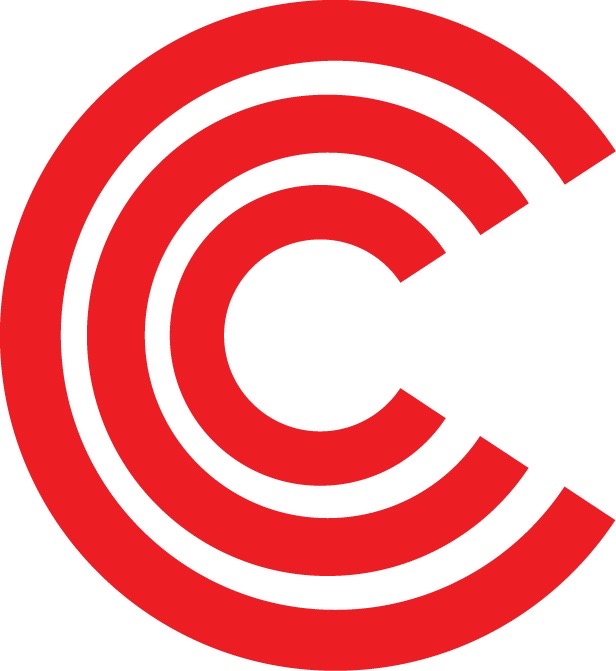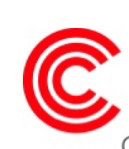Title Page
-
Date
-
Auditor
-
Equipment
-
Team Lead
Results
-
1. Elimination of obvious defects has resulted in a clear loss reduction in touches, minors, stops, process failures, quality issues, and breakdowns
-
2. The effort is focused on delivering line performance OEE improvement
Center lines/Machine Adjustment Points
-
1. All adjustment points have been identified
-
2. Easy to eliminate adjustments have been eliminated or fixed in place
-
3. Plans to establish fixed position adjustment are in place
-
4. Visual controls for all adjustments are in place with supporting OPL’s
-
5. A centerline checklist walkthrough has been developed and is followed each shift
Workplace Organization
-
1. The equipment area has no unnecessary parts
-
2. Necessary shift/daily tools exist at point of use
-
3. Basic operator / maintenance tools are readily available to support when up to do, when down do
-
4. Visual noise has been eliminated
Equipment Condition
-
1. Rotating, reciprocation, positioning parts and parts contacting product
-
2. Frames, structural machine members, conveyors, chutes, etc.
-
3. Sensors, switches, instruments, motors, belts or safety covers
-
4. Air filters, lubrications, cylinders, solenoid valves or other pneumatic devices
No deteriorated or defective parts
-
1. All fasteners have been checked for tightness, no loose, damaged or missing bolts
-
2. No worn belts, chains or drive system components remain
-
3. Abnormal noise in motors, solenoid valves rotating devices, etc, has been eliminated
-
4. No damage to pipes, shafts, cables or hoses
-
5. All guards have been removed and all hidden components have detailed inspection, cleaning & restoration
-
6. All air filter bowls & oilers are at like new and functioning properly
-
7. Looaseness or tightness of sliding parts, jigs or tools
Lubrication
-
1. No dirt, dust or leakage of lubricants
-
2. All oil levels are proper
-
3. No contaminants at lubrication points
No obvious abnormalities remain
-
1. All types of abnormalities have been found and fixed
-
2. Sources of contamination & inaccessible areas are listed for work in Step 2
-
3. All gauges are like new with clear visual controls for midrange or centerline
-
4. Visual controls for base machine settings have been identified
Team activities (Black)
-
1. Team attendance and participation is good by all team members (minimum 80% per individual)
-
2. All areas that require routine access for DTM inspections are identified
-
3. Uptime & downtime follow-up work is clearly established (Provisional CIL’s, Abnormalities)
-
4. Trend for touches, minor stops (process failures for “process” operations) have been established and are being tracked
-
5. Tracking of defects found and fixed is up to date. Team is focused on a 30% reduction of known quality issues associated with unit op
-
6. Safety goals are clear and risk avoidance is a high priority for each team member
-
7. Activity board / kiosk is up to date & utilized to track progress and ensure easy understanding of progress
-
8. Activity plans are used to ensure time is effectively used
-
9. Goals of step 1 are clearly understood by team member
-
10. Team has identified, captured, and corrected machine guard defects















